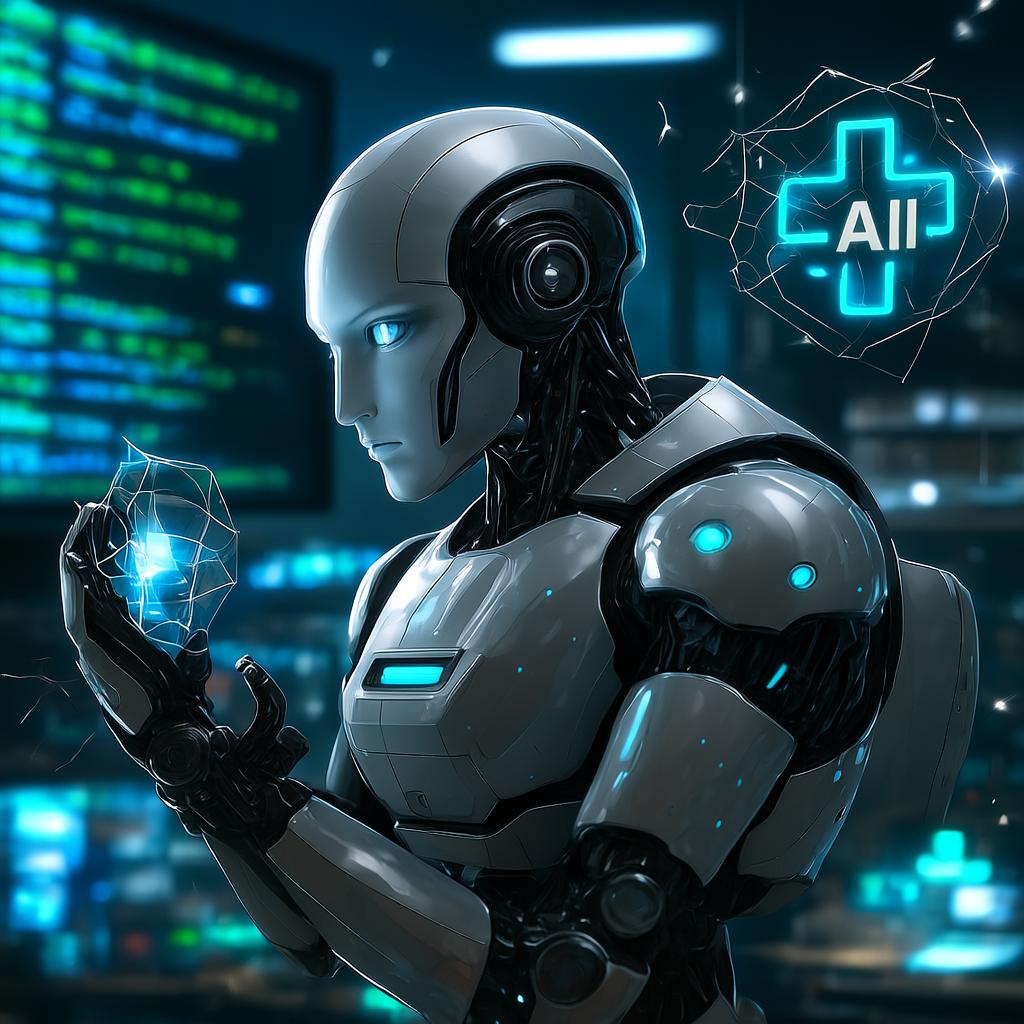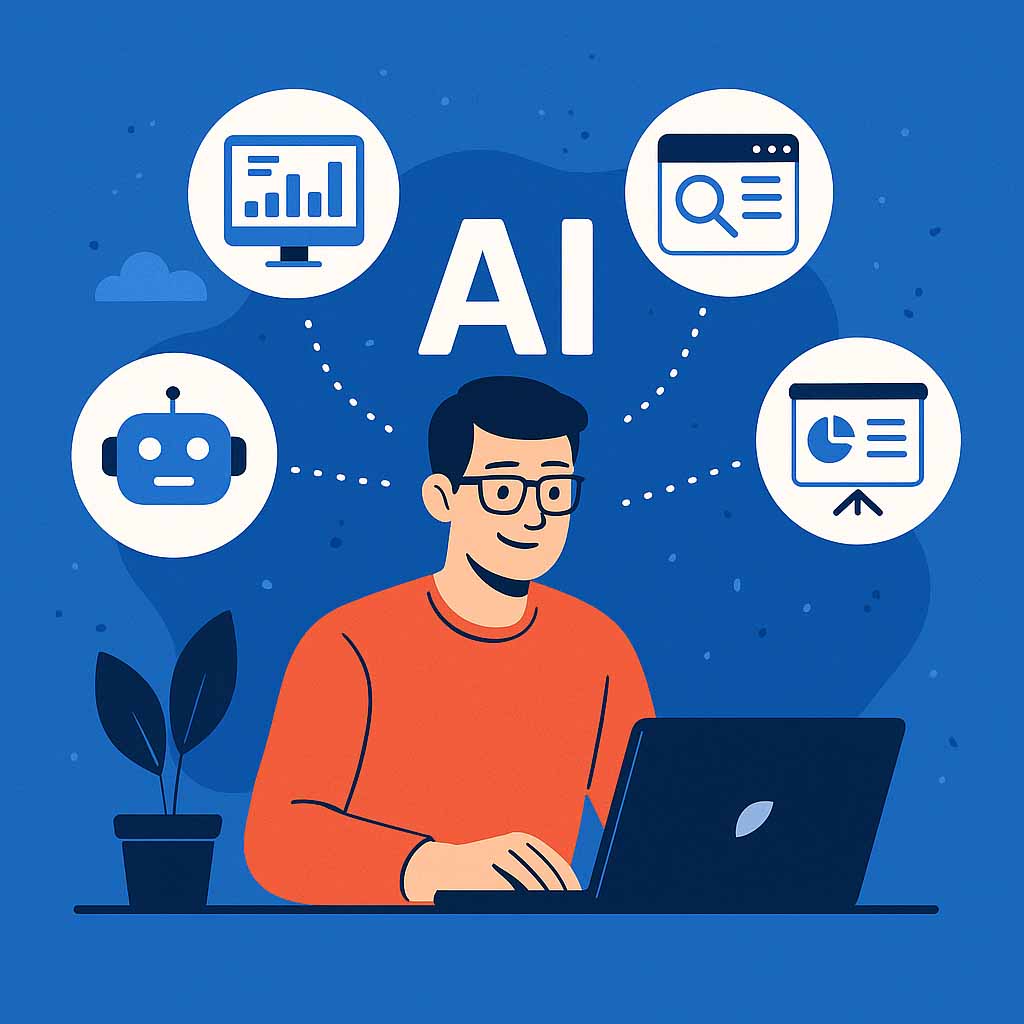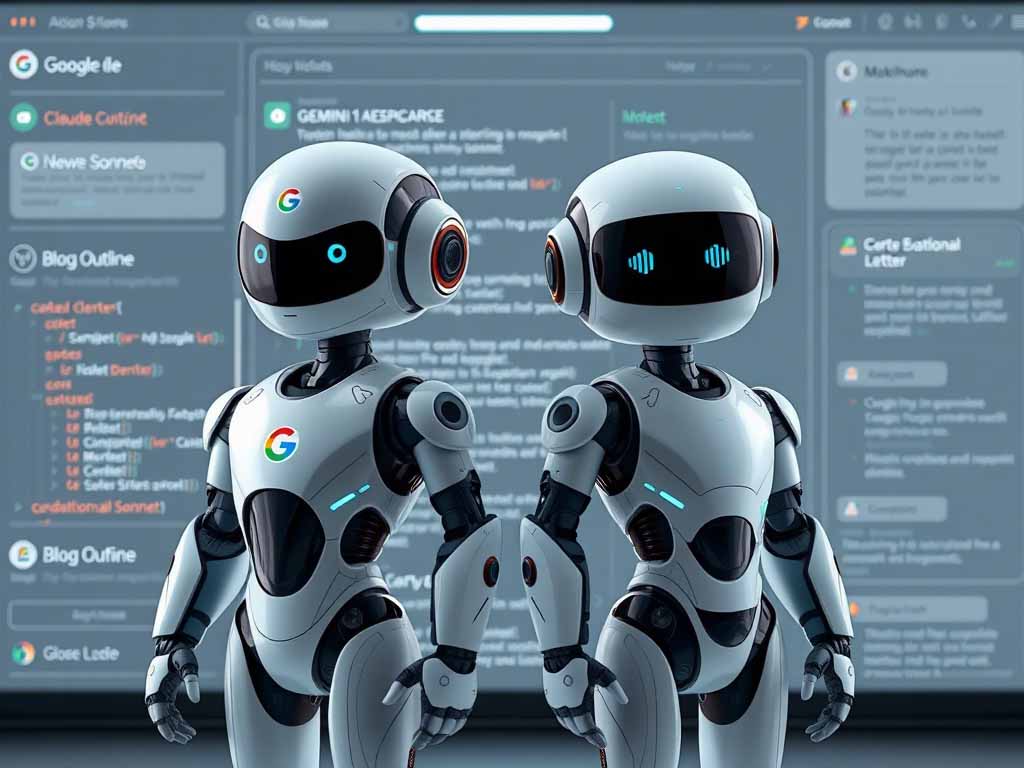Let’s be honest — every week it seems like there’s a new robot making headlines. One’s flipping burgers, another’s breakdancing, and some are even folding laundry like pros. But let’s face it, most of these feel more like viral stunts than serious progress.
This time, though, things are different.
The folks over at Berkeley AI Research (BAIR) have just released a robotics framework that might actually move the needle — in a big way. It’s called RoVi-Aug, and instead of more flashy robot tricks, it’s all about what really matters: helping robots learn faster and adapt smarter.
Let’s break it down in plain English.
What Is RoVi-Aug, and Why Should You Care?
Imagine if robots could train in a kind of virtual gym — running drills, learning how to move, handle objects, or open doors, all without ever breaking a glass in your kitchen.
That’s what RoVi-Aug does. It’s a robot training framework that uses simulated environments and data augmentation to help robots practice and learn — safely, cheaply, and quickly.
Instead of testing out every possible mistake in the real world (which is slow, costly, and sometimes dangerous), RoVi-Aug puts robots through a “mental workout” that builds their skills before they ever touch a real object.
Think of it as muscle memory for machines — but built through images, simulations, and smart learning algorithms.
Why RoVi-Aug Actually Matters
Let’s be real: robots are no longer just science fiction. They’re already in hospitals, factories, even our homes. But the truth is, most of them still need a lot of help just to do the simple stuff — like picking up a coffee mug without dropping it.
Here’s where RoVi-Aug shines.
This tool builds on some of Berkeley’s earlier research into vision-based control and multitask learning, but adds a serious twist: it uses image-based augmentation to help robots become more adaptable.
What does that mean for you and me?
It means robots that can:
- Walk into a cluttered room and still find your phone
- Figure out how to pour juice without spilling it everywhere
- Work in chaotic real-world spaces and still get the job done
In short, RoVi-Aug helps robots deal with the unexpected — which is the one thing real life is really good at throwing our way.
Who Should Pay Attention to This?
You might be thinking, “Okay, cool tech… but what’s it got to do with me?”
Glad you asked. Here’s who should care — and why:
For Researchers & Developers
If you’re in robotics R&D, RoVi-Aug is a game-changer. You’ll be able to test new control strategies or vision models without needing a fully-equipped lab. Even better? BAIR usually goes open-source, so you might get access to this tool for free.
For Students & Learners
Studying robotics or machine learning? This is your moment. Tools like RoVi-Aug are going to start popping up in class projects, research labs, and even hackathons. Learning how to use it now could give you a huge edge in tomorrow’s job market.
For Startups & Builders
If you’re working on real-world robotics — from logistics to agriculture to home care — RoVi-Aug can dramatically reduce the cost and time of training. Imagine building a home assistant that doesn’t need months of trial-and-error to pick up a spoon or help an elderly person move around safely.
Faster development. Lower costs. Smarter robots.
How RoVi-Aug Fits Into the Bigger Picture
We’re not just seeing one-off breakthroughs anymore — we’re watching a whole AI ecosystem come to life.
From Google’s AI assistants to Amazon’s Kiro, we’re entering a golden age where artificial intelligence is leaving the screen and stepping into the real world. RoVi-Aug is part of that movement. It’s about moving from digital intelligence to physical intelligence — where robots don’t just follow instructions but actually think and adapt.
This is the future we’ve been imagining — and it’s finally starting to show up.
What’s Next for RoVi-Aug?
Based on Berkeley’s history, here’s what’s likely coming:
- An open-source release so developers around the world can use it
- Integration into robotics competitions and university labs
- Real-world pilots in places like hospitals and smart homes
- Possible partnerships with tech giants building robotic systems at scale
And honestly? This could become one of those “frameworks we all look back on” and say, That’s when robotics got real.
Final Thoughts: Robots Just Got Smarter — and Closer to Home
Berkeley’s RoVi-Aug isn’t just another flashy update. It’s a shift in how we train and think about robotics. One that makes learning faster, cheaper, and far more scalable.
If you’re watching the AI wave roll in — whether as a student, a builder, or just a curious observer — this is the kind of development you want to follow closely.
Because the robots aren’t coming.
They’re already here.
And thanks to frameworks like RoVi-Aug, they’re learning a whole lot faster than ever before.
Read more about AI
- Big Companies Are Scooping Up AI Startups — And Fast
- Google’s Gemini AI Just Got Cheaper, Smarter, and Way More Useful
- AI Can Now Detect Cancer in Under a Minute — Here’s What You Should Know
- Robots Are Getting Very Good at Moving Like Us
- Google’s New AI-Powered Search Mode: Talking Your Way Through the Internet



